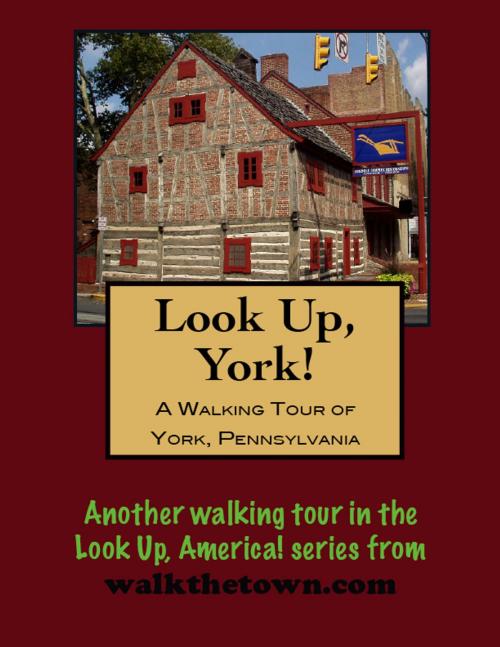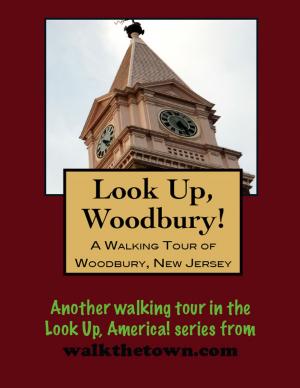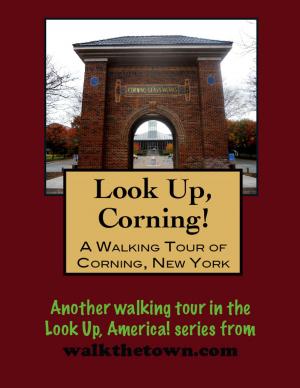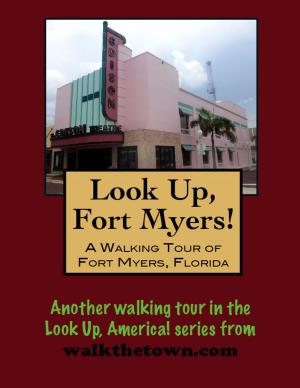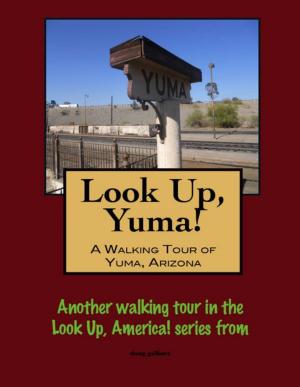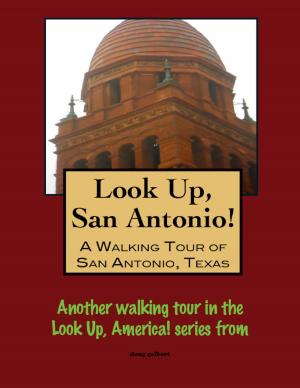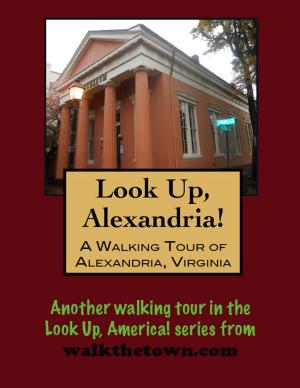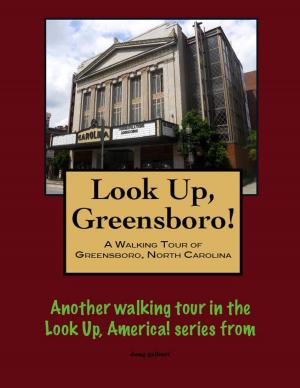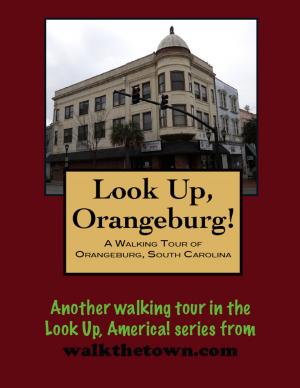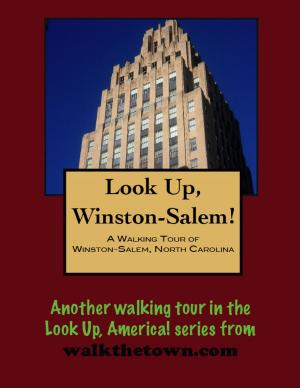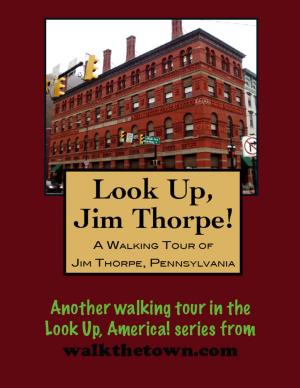| Author: | Doug Gelbert | ISBN: | 9781458058768 |
| Publisher: | Doug Gelbert | Publication: | February 12, 2011 |
| Imprint: | Smashwords Edition | Language: | English |
| Author: | Doug Gelbert |
| ISBN: | 9781458058768 |
| Publisher: | Doug Gelbert |
| Publication: | February 12, 2011 |
| Imprint: | Smashwords Edition |
| Language: | English |
There is no better way to see America than on foot. And there is no better way to appreciate what you are looking at than with a walking tour. Whether you are preparing for a road trip or just out to look at your own town in a new way, a downloadable walking tour is ready to explore when you are.
Each walking tour describes historical and architectural landmarks and provides pictures to help out when those pesky street addresses are missing. Every tour also includes a quick primer on identifying architectural styles seen on American streets.
York was the first town laid out west of the Susquehanna River. In 1741, Thomas Cookson, a surveyor for the Penn family, plotted a town site of 446 acres in the heart of the family’s Springettsbury Manor. This tract had been laid out for Springett Penn, a grandson of William Penn, in 1722.
Cookson laid out straight streets, a generous 80 feet in width on each side of the junction of the Monocacy Road and the Codorus Creek. Squares measured 480 feet by 500 feet and provision was made for the location of public buildings in the very center of the town on a tract 110 feet square, now known as Continental Square. York can be considered one of the first instances of thoughtful city planning. The streets were assigned the English names of High (now Market, “High” was the traditional English moniker for a town’s main street), King, George, Duke, Queen, and Princess. The town itself was called York, after York, England. Along with the name of old York, the town founders adopted the symbol of the English city, the white rose, while the neighboring city of Lancaster similarly adopted the red rose.
The town of York did not fill up rapidly; although the framework of the town was English, most of the first settlers were Germans. York was originally governed as a part of Lancaster County but the distance from judge and jail encouraged thieves to operate without fear of punishment. A petition of the citizens for a separate county organization was granted in 1749 and York became the first county west of the Susquehanna, and the fifth in Pennsylvania. A colonial courthouse was ready by 1756 and next door was a market house.
During the American Revolution, when British General Howe’s armies occupied Philadelphia in September, 1777, the members of Continental Congress fled to Lancaster, where they remained but one day. Then, feeling that they would be safer with the Susquehanna between them and the British, they crossed at Wrights’ Ferry and resumed sessions in the Colonial Courthouse in the tiny frontier town of York. They stayed nine months and when the Articles of Confederation, a provisional plan of government in which the term United States of America was first used, were adopted here York laid claim to being the nation’s first capital. In 1789, Congressman Thomas Hartley, speaking before Congress, took a swing at making York the permanent capital of the United States but the honor was ticketed further south, along the Potomac River.
Our walking tour will begin amidst the historical relics of the 18th century and transition through the impressive York architecture that reflects the prosperous 19th century industrial community it became...
There is no better way to see America than on foot. And there is no better way to appreciate what you are looking at than with a walking tour. Whether you are preparing for a road trip or just out to look at your own town in a new way, a downloadable walking tour is ready to explore when you are.
Each walking tour describes historical and architectural landmarks and provides pictures to help out when those pesky street addresses are missing. Every tour also includes a quick primer on identifying architectural styles seen on American streets.
York was the first town laid out west of the Susquehanna River. In 1741, Thomas Cookson, a surveyor for the Penn family, plotted a town site of 446 acres in the heart of the family’s Springettsbury Manor. This tract had been laid out for Springett Penn, a grandson of William Penn, in 1722.
Cookson laid out straight streets, a generous 80 feet in width on each side of the junction of the Monocacy Road and the Codorus Creek. Squares measured 480 feet by 500 feet and provision was made for the location of public buildings in the very center of the town on a tract 110 feet square, now known as Continental Square. York can be considered one of the first instances of thoughtful city planning. The streets were assigned the English names of High (now Market, “High” was the traditional English moniker for a town’s main street), King, George, Duke, Queen, and Princess. The town itself was called York, after York, England. Along with the name of old York, the town founders adopted the symbol of the English city, the white rose, while the neighboring city of Lancaster similarly adopted the red rose.
The town of York did not fill up rapidly; although the framework of the town was English, most of the first settlers were Germans. York was originally governed as a part of Lancaster County but the distance from judge and jail encouraged thieves to operate without fear of punishment. A petition of the citizens for a separate county organization was granted in 1749 and York became the first county west of the Susquehanna, and the fifth in Pennsylvania. A colonial courthouse was ready by 1756 and next door was a market house.
During the American Revolution, when British General Howe’s armies occupied Philadelphia in September, 1777, the members of Continental Congress fled to Lancaster, where they remained but one day. Then, feeling that they would be safer with the Susquehanna between them and the British, they crossed at Wrights’ Ferry and resumed sessions in the Colonial Courthouse in the tiny frontier town of York. They stayed nine months and when the Articles of Confederation, a provisional plan of government in which the term United States of America was first used, were adopted here York laid claim to being the nation’s first capital. In 1789, Congressman Thomas Hartley, speaking before Congress, took a swing at making York the permanent capital of the United States but the honor was ticketed further south, along the Potomac River.
Our walking tour will begin amidst the historical relics of the 18th century and transition through the impressive York architecture that reflects the prosperous 19th century industrial community it became...
